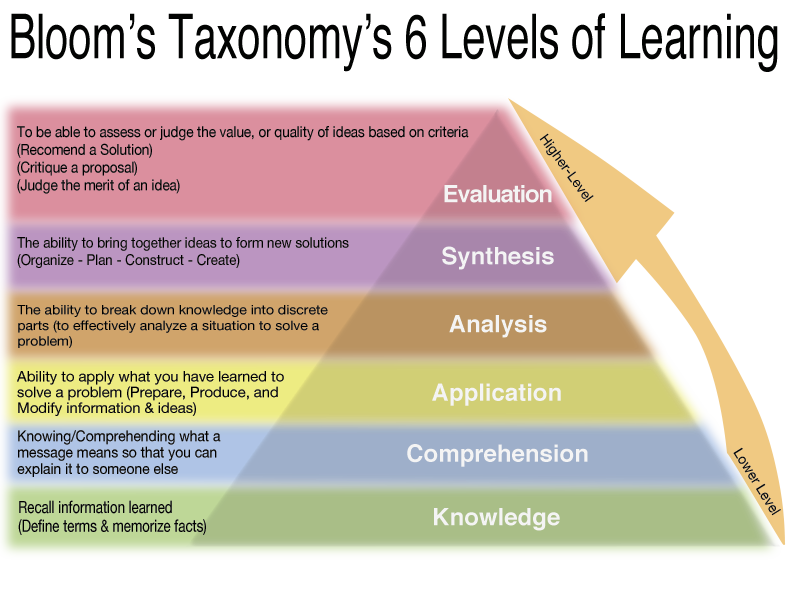

Production of a plan, or proposed set of operations.Synthesis involves building a structure or pattern from diverse elements it also refers to the act of putting parts together to form a whole or bringing pieces of information together to form a new meaning. Its characteristics include:Ĭompare and contrast four ways of serving foods made with apples and examine which ones have the highest health benefits. Would apples prevent scurvy, a disease caused by a deficiency in vitamin C?Īnalysis involves examining and breaking information into component parts, determining how the parts relate to one another, identifying motives or causes, making inferences, and finding evidence to support generalizations. Learners should be able to use prior knowledge to solve problems, identify connections and relationships and how they apply in new situations. This involves applying acquired knowledge, facts, techniques and rules. Summarize the identifying characteristics of a Golden Delicious apple and a Granny Smith apple.Īpplication involves using acquired knowledge to solve problems in new situations.

Knowledge of the universals and abstractions in a field-principles and generalizations, theories and structuresĬomprehension involves demonstrating an understanding of facts and ideas by organizing, summarizing, translating, generalizing, giving descriptions, and stating the main ideas.Knowledge of ways and means of dealing with specifics-conventions, trends and sequences, classifications and categories.Knowledge of specifics-terminology, specific facts.Knowledge involves recognizing or remembering facts, terms, basic concepts, or answers without necessarily understanding what they mean. In the 2001 revised edition of Bloom's taxonomy, the levels have slightly different names and their order was revised: Remember, Understand, Apply, Analyze, Evaluate, and Create (rather than Synthesize). In the 1956 original version of the taxonomy, the cognitive domain is broken into the six levels of objectives listed below. Cognitive domain (knowledge-based) Bloom's Taxonomy A revised version of the taxonomy for the cognitive domain was created in 2001. The first volume of the taxonomy, Handbook I: Cognitive was published in 1956, and in 1964 the second volume Handbook II: Affective was published.

BLOOM AIM MEANING SERIES
The publication of Taxonomy of Educational Objectives followed a series of conferences from 1949 to 1953, which were designed to improve communication between educators on the design of curricula and examinations. He also edited the first volume of the standard text, Taxonomy of Educational Objectives: The Classification of Educational Goals. The models were named after Benjamin Bloom, who chaired the committee of educators that devised the taxonomy. The cognitive domain list has been the primary focus of most traditional education and is frequently used to structure curriculum learning objectives, assessments and activities. The three lists cover the learning objectives in cognitive, affective and psychomotor domains. Bloom's taxonomy is a set of three hierarchical models used for classification of educational learning objectives into levels of complexity and specificity.


 0 kommentar(er)
0 kommentar(er)
